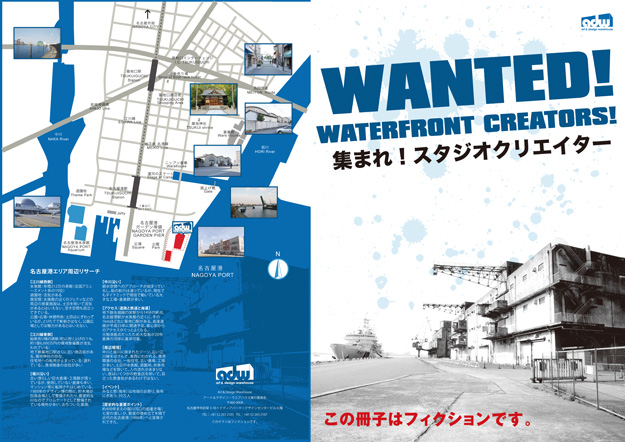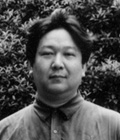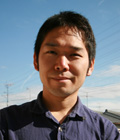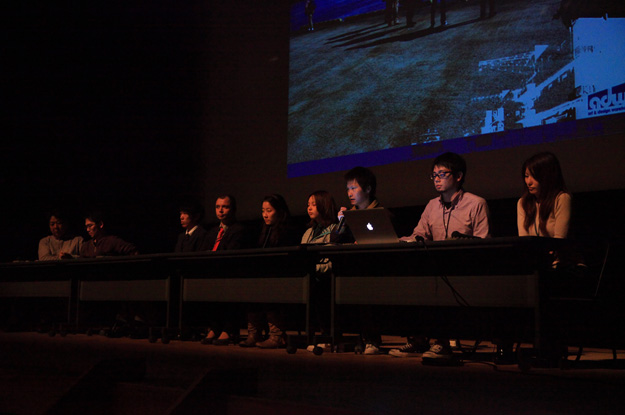
The Connected within the Disconnected | Nagoya Discovered through Design
From an international perspective, the Port of Nagoya is a dynamic leading trade base, but its port-related functions have moved to the southern part of the port. The once thriving area then known as the Port of Nagoya now has a continually shrinking working and residential population; It’s time to make a new shift. There is already a subway station, and continuing experimental projects to explore the direction it will take in the future, including the creation of an aquarium, shopping malls, and the Nagoya Port Italian Village (2005- 2008), which replaced former art spaces. In light of this situation, in this workshop, we will use the Italian Village’s huge warehouse, which had been a central building for a series of experimental art projects, and create a project with the concept of a community terminal for art, design, and tourism. We’ll study the historical transition of the Port of Nagoya, conducting fieldwork on the environment and current living and working spaces in the area of the port, and experience the town. With art and design at the center, but without losing sight of the economic viewpoint, we want to come up with a practical solution focusing on utilization of the warehouse. Our vision is that our project will have a new ability to disseminate and expand the Chubu region’s culture, successfully relaying the successful outcome of this year’s Aichi Triennale.
Activate! Artport Terminal Nagoya

The area of the Port of Nagoya known as Garden Pier, retired from its front-line position as a trade port, was developed as a leisure venue and includes an aquarium, a Ferris wheel and a shopping mall, facilities that lose their appeal to visitors immediately upon arrival. Included in this area, housed in a converted warehouse, was “Artport”, one of Nagoya’s few locations available to artists. However, Artport folded after operating for a very short time, and before it was ever able to form relationships with local residents. Likewise with “The Italian Village”, a tourist attraction later built in the same venue, which eventually went bankrupt.
Based on management perspective; openness towards, and participation of, citizens; close community relationships, and the lessons learned from these vicissitudes, we propose the creation of an art center, an art & design complex aiming to transform this gargantuan warehouse—a symbol of industrial monument—into a creative community square.
The complex will comprise a variety of art- and design-related facilities, including galleries, cafés, a library, shops and a school. We plan to provide not only studio and exhibition venues, but also an art map and a bike rental system so visitors can find artists’ creations and tour the town. The plan also includes a night school that will encourage exchange between artists and students. These activities will promote visitor consumption, while admission and tuition fees will add to operating funds.
The greatest point of this project is the on-site residence of artists, designers and architects with offices or studios in the complex. Creators are usually blessed with many social connections; these are the people who will live and create in this community. Their art will color the town and many will come to interact with them. The work they do will attract visitors, multiplying contact, and The Port of Nagoya will be a lively area bustling with residents and visitors.
Having finally gained citizenship, art holds enormous possibilities for bringing people together.


Osamu Ikeda
Director, BankART 1929, PH Studio
Born in Osaka, 1957. Graduated from B Seminar School and established PH Studio, an art and architecture team whose work focuses on the theme of city habitation. This group carries out a wide range of activities, including exhibitions, art projects and architectural planning. Their representative work, The Ship Rides on the Mountain project, was conducted in a town that was to be submerged under the lake of a dam in Hiroshima. Ikeda has held coordinating positions for many years, for instance as director of some Hillside Galleries in the Daikanyama neighborhood of Tokyo (1986-1991), and as a member of the planning committee for Bosch Corporation’s head office in Japan, located in Shibuya, in Tokyo (1992-1994). In addition to holding the position of part-time lecturer at Nagoya University of Arts since 1994, he speaks at many universities and in many cities. He has participated in the establishment and planning management of BankART since 2004. In 2006, Ikeda acted as a committee member of a research facility of the Agency for Cultural Affairs that promotes the preservation and use of cultural monuments. Since 2006, he has been a member of the external assessment committee that evaluates the designated managers of the cultural assets facilities in Yokohama City. Ikeda has received the Art Encouragement Prize for Freshman of Minister of Education, Culture, Sports, Science and Technology. His work also includes the editing of many publications of BankART projects as well as the compilation of PH Studio’s activities in PH Studio 1984-1992.

Isamu Muto
N-mark
Graduated from Nagoya University of Arts in 1993. After completing the CCA Kitakyushu Research Program Artist Course, managed the art spaces N-mark and KIGUTSU. In 1999, he participated in the experimental artport '99-given, which explored the usage of the warehouses located at the Port of Nagoya. In 2001, he planned @port, a project designed to expand the artistic activity of the Port of Nagoya into the regional community. Beginning with N-mark’s plan, Open Meeting, in 2000, which aimed to hold public meetings anywhere across Japan, in 2003, Muto initiated Meeting Caravan, which cut across the entire country, from Hokkaido to Okinawa. In 2004, Muto implemented the traveling art project Café Line. In 2004-05, he acted as an executive committee member of Asahi Art Festival 2005. In 2005, with art archives as its primary focus, Muto organized AAN, and in 2006, he implemented SHOWCASE, which gathered 55 art groups from around the country at the annex of the art space Yokohama ZAIM. In 2009, he planned Meikō Museum Town, using shops, empty lots and ship berths as venues. In 2010, after graduating from IAMAS , as the Secretariat of the Aichi Triennale 2010 Supporters Club, he planned and has been in charge of Kayobi Katsudo [Take Action Tuesdays], which gives citizens an opportunity to take the initiative in supporting the project.
Ji-a Kim
Nagoya Zokei Graduate School of Arts and Design
Satomi Kimura
Graduate School of Aichi Prefectual University of Fine Arts and Music
Robert N. Moor
Designer
Rina Shibazaki
Nagoya University of Arts
Mizuho Tanaka
Aichi Triennale 2010 Supporters Club
Hiromichi Yamazaki
Graduate School, Meijo University
Fuyuma Yano
In-house Designer
